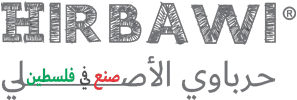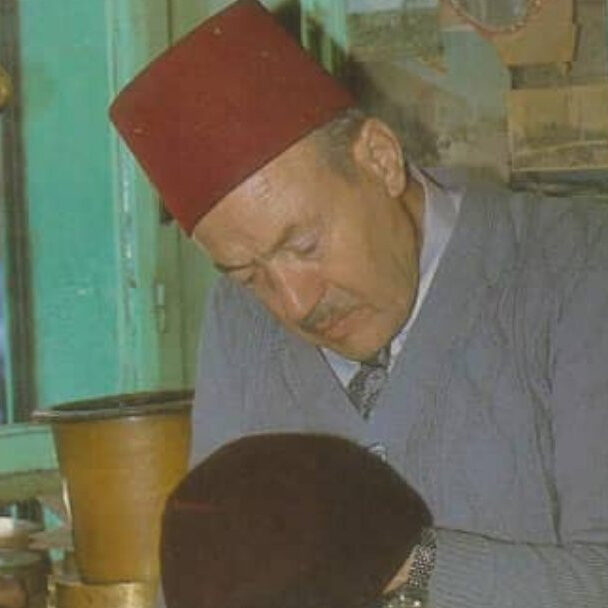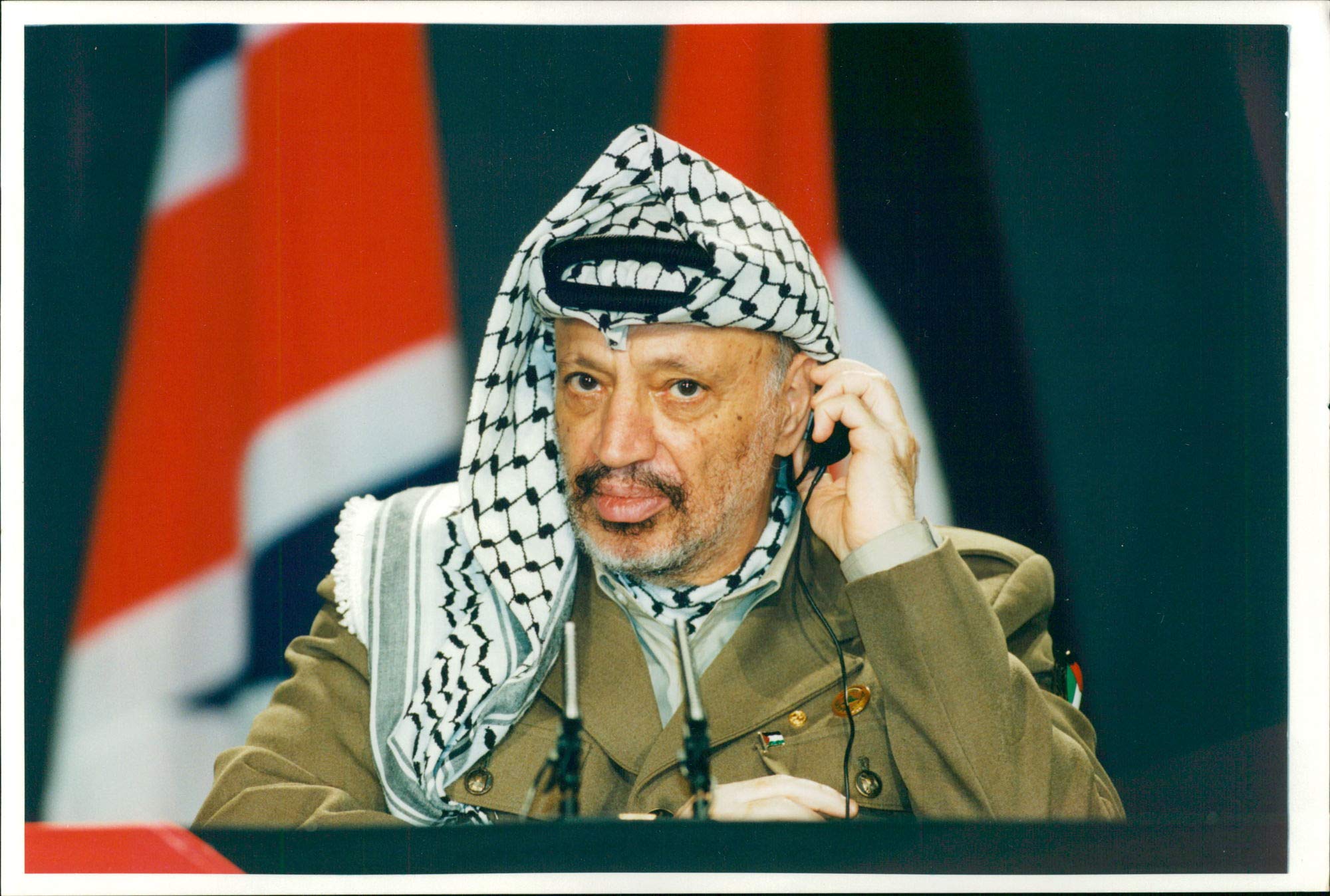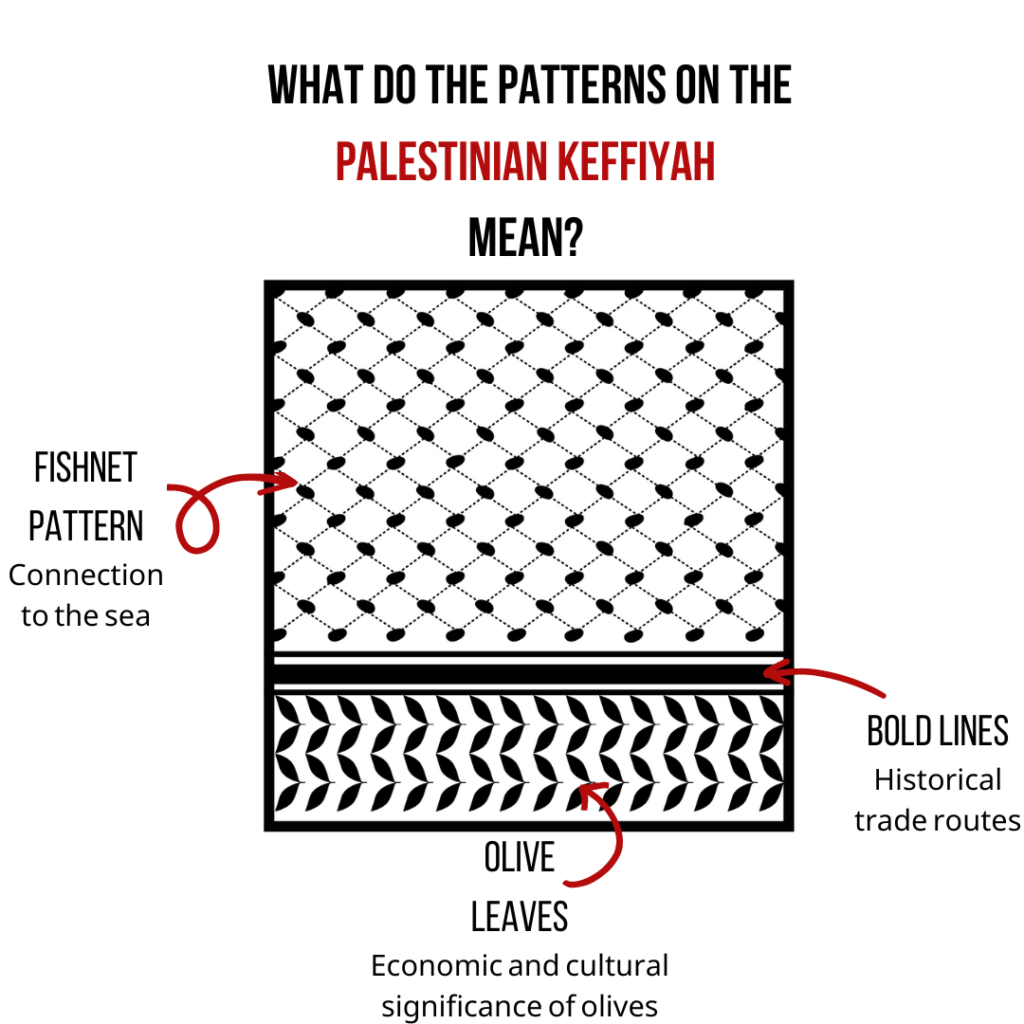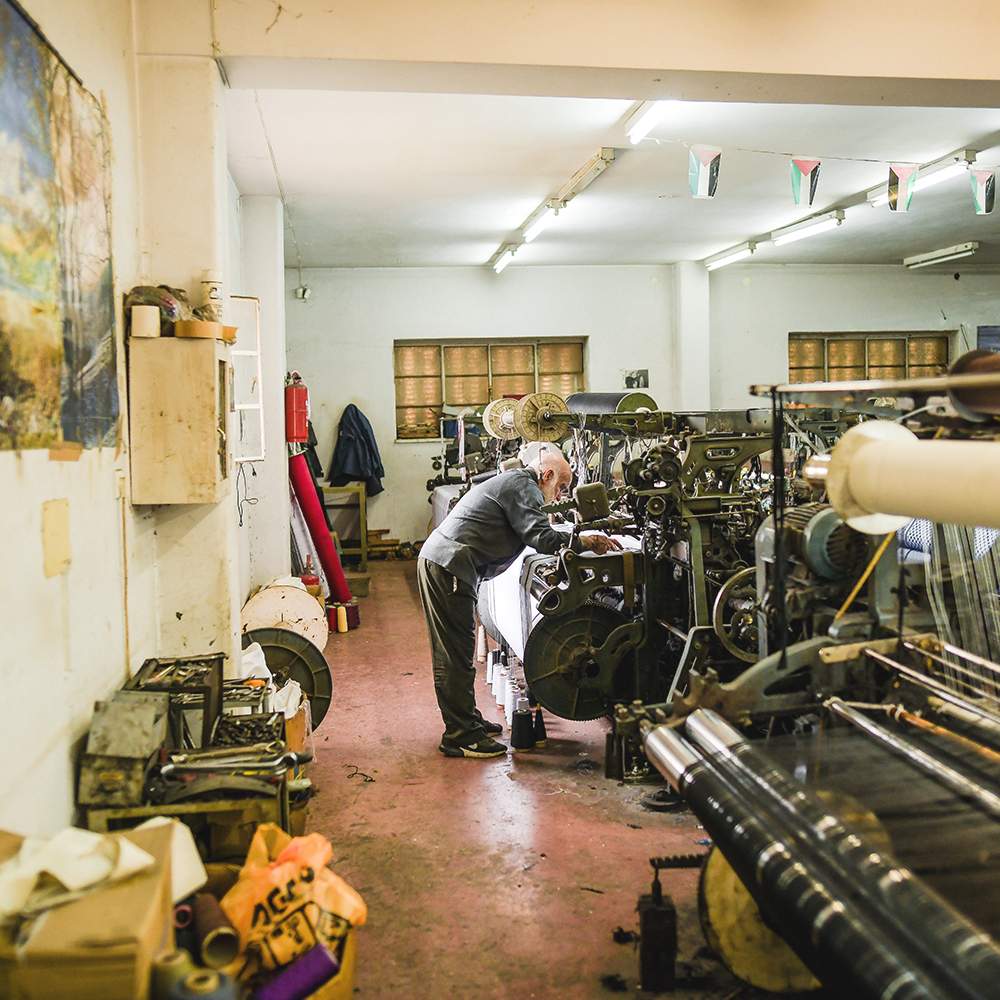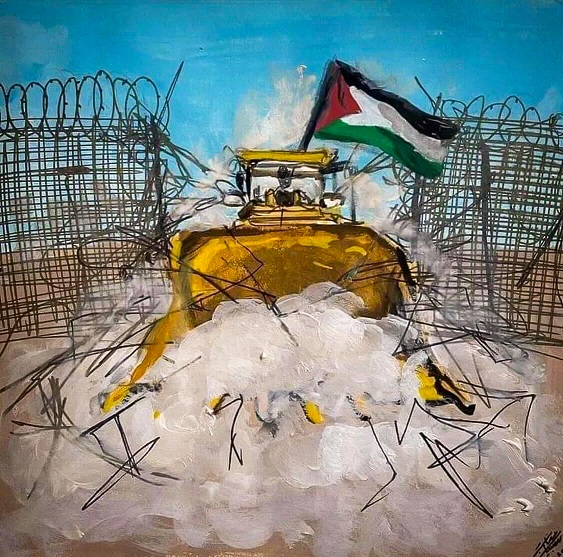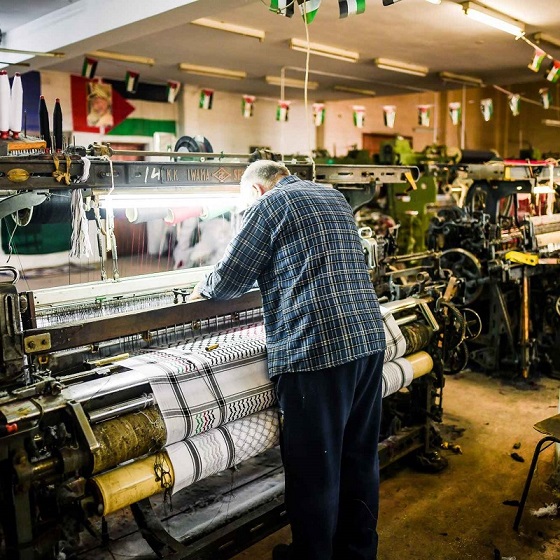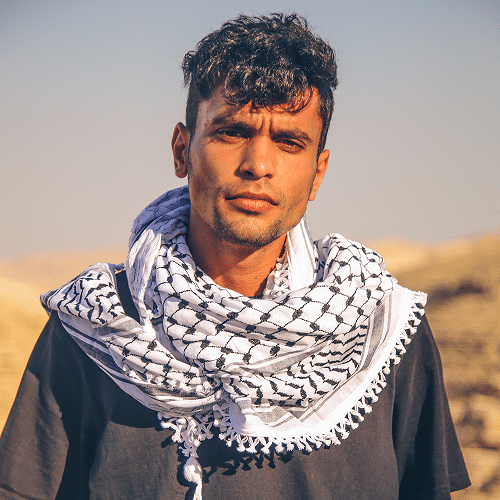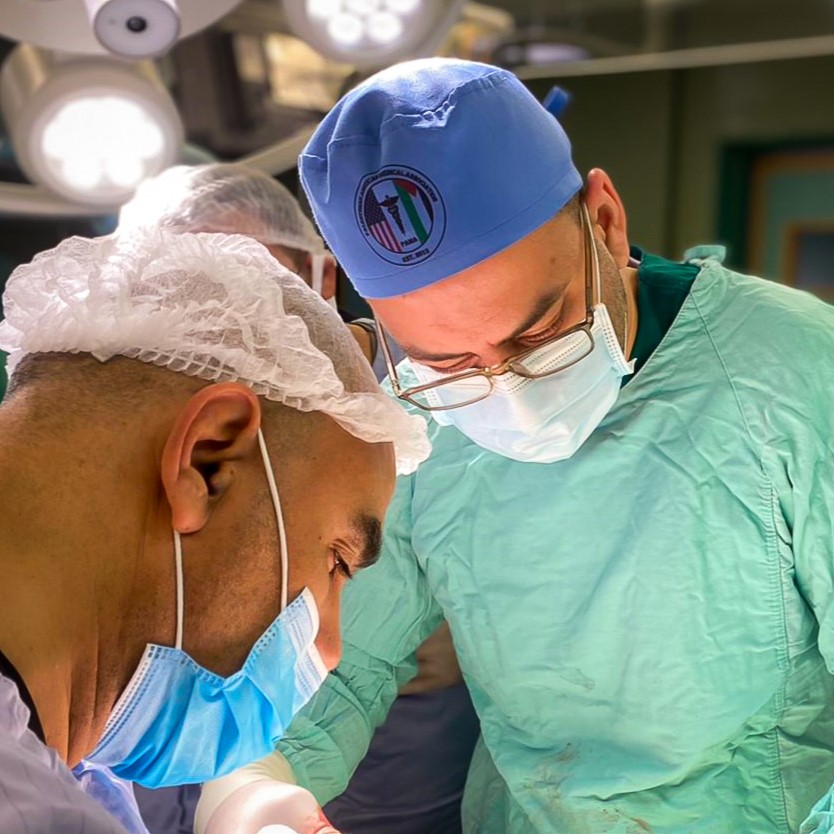
Save the Children of Gaza, Hirbawi Donating Profits
Hirbawi will be donating profits from every kufiya sold throughout this entire month to the Palestine American Medical Association (PAMA), and we wish to endorse their efforts to all those who may be interested in making any direct donations.
